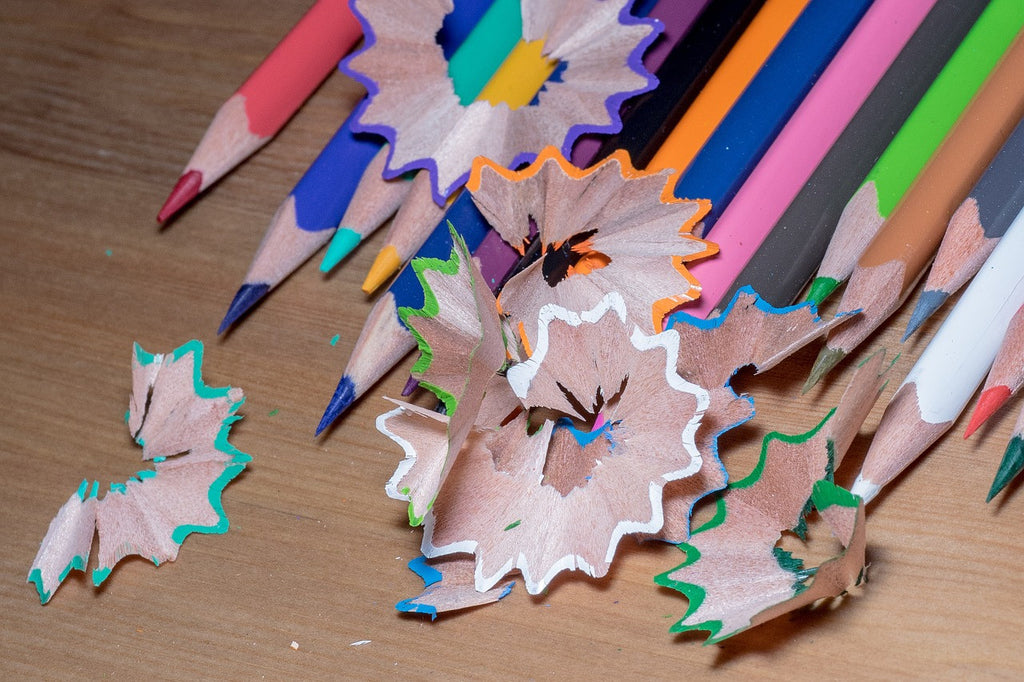We, at Dibs on Learning, were inspired to start on our mission by creating our first enrichment learning kit focused on “Art”. We have closely followed the career of, and been inspired by, Elliot Eisner. He was a Professor of Art and Education at the Stanford Graduate School of Education. Elliot was one of the leading academic minds of this country.
In his book, “The Arts and the Creation of Mind” (Yale University Press/ New Haven England), Elliott writes that inspite of the notion claimed by policy-makers that Art in our schools is considered “as nice but not necessary”, the focus on Arts has “an important role to play in refining our sensory system and cultivating our imaginative abilities”. Through our “Artists of the World” enrichment learning kit, we want children to engage in constructive exploration and help in the process to foster their imaginative process.
*In his book, Elliott posits the 10 lessons that the Arts can teach our children:
- The arts teach children to make good judgments about qualitative relationships. Unlike much of the curriculum in which correct answers and rules prevail, in the arts, it is judgment rather than rules that prevail.
- The arts teach children that problems can have more than one solution and that questions can have more than one answer.
- The arts celebrate multiple perspectives. One of their large lessons is that there are many ways to see and interpret the world.
- The arts teach children that in complex forms of problem solving purposes are seldom fixed, but change with circumstance and opportunity. Learning in the arts requires the ability and a willingness to surrender to the unanticipated possibilities of the work as it unfolds.
- The arts make vivid the fact that neither words in their literal form nor numbers exhaust what we can know. The limits of our language do not define the limits of our cognition.
- The arts teach students that small differences can have large effects. The arts traffic in subtleties.
- The arts teach students to think through and within a material. All art forms employ some means through which images become real.
- The arts help children learn to say what cannot be said. When children are invited to disclose what a work of art helps them feel, they must reach into their poetic capacities to find the words that will do the job.
- The arts enable us to have experience we can have from no other source and through such experience to discover the range and variety of what we are capable of feeling.
- The arts' position in the school curriculum symbolizes to the young what adults believe is important.
We hope that your 6-10 year old child will enjoy and gain from our first enrichment learning kit. You can buy our kits in our shop for group learning (6 or more students) or for home learning (single student). Please visit http://www.dibsonlearning.com to learn more.
*SOURCE: Eisner, E. (2002). The Arts and the Creation of Mind, In Chapter 4, What the Arts Teach and How It Shows. (pp. 70-92). Yale University Press. Available from NAEA Publications.

